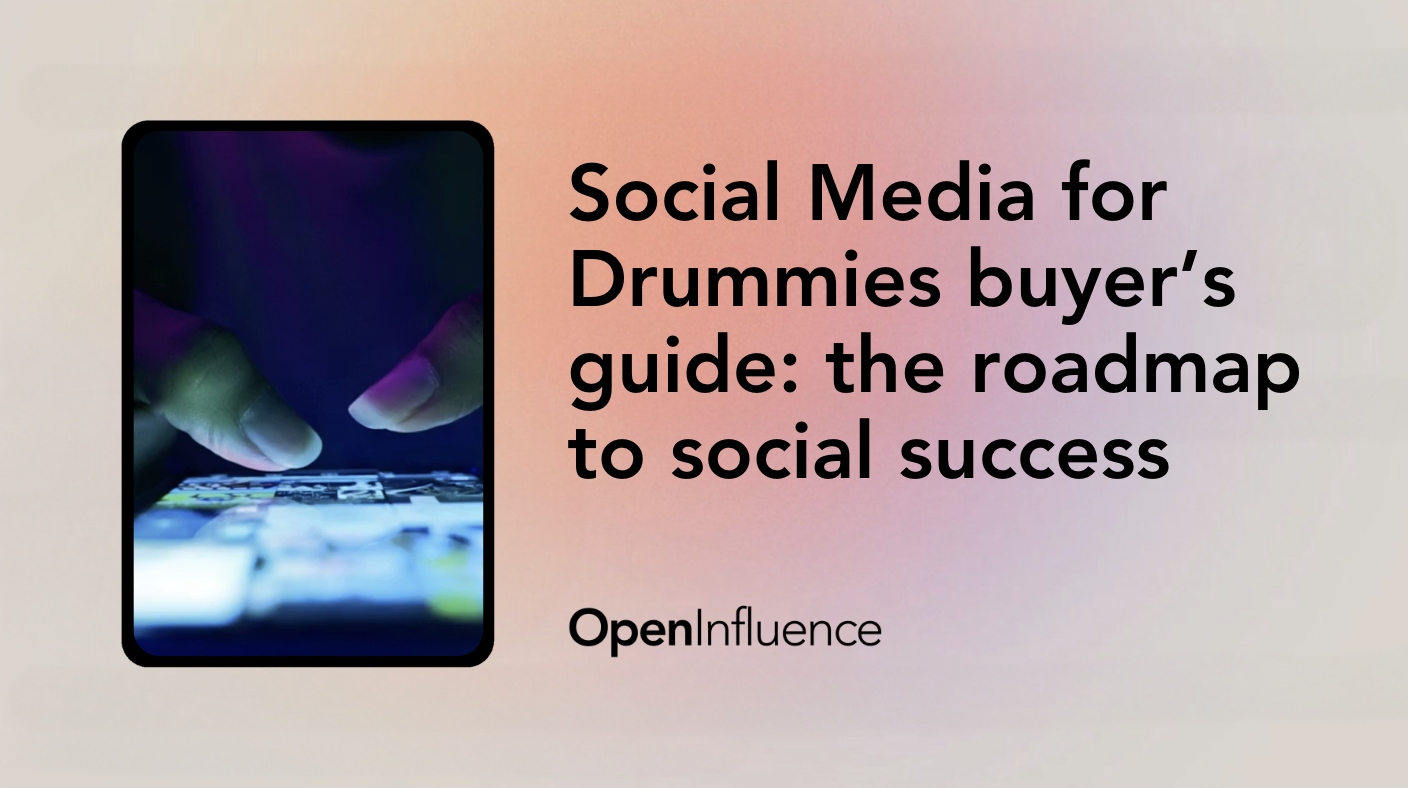If 2024 was about experimenting with new formats and testing the AI waters, 2025 is the year social media marketing grew up. One announcement in particular – Unilever’s decision to direct half its annual ad budget into influencer marketing – set off a chain reaction across boardrooms, budgets and creator rates worldwide.
The move didn’t just swell spend, it loudly and clearly signaled to the market that creator-led content is no longer a side hustle for brands – it’s a strategic pillar. And, like all market-moving moments, it changed the economics overnight.
In the months after Fernando Fernandez, Unilever’s president of beauty and wellbeing, declared the ambition to have a brand influencer in every postcode, social and influencer agencies reported a surge in briefs, budgets and urgency. FMCG peers including Premier Foods and Nescafé followed suit. Creator rates jumped by as much as 30%, as reported in this analysis from The Drum’s Jennifer Faull, with micro- and niche influencers commanding fees once reserved for mega-names.
For creators, this has meant more leverage and longer-term contracts. Influencers are acting as consultants, cultural strategists and event hosts, as well as content producers. But it has also fuelled new caution. Creators are more selective and wary of ad fatigue and brand misalignment. The Unilever effect is reshaping social media in a big way, from how campaigns are planned to how brands measure success.
The Unilever effect
Unilever’s public pivot legitimized a channel still seen in some quarters as “nice to have.” It gave CMOs permission to invest at scale and the ripple effects are still spreading. The market now faces:
- Higher entry costs (30% rate inflation, especially among micro-influencers and specialist voices)
- Longer lead times (popular talent is booking out months ahead)
- Shift to partnerships (brands are locking in year-long or multi-campaign deals to secure talent and build consistency)
- UGC surge (as influencer rates climb, brands are turning to everyday creators for affordable, paid-boosted content)
What this means for you: If influencers are in your mix for 2025, budget for higher rates, plan earlier and think long-term. The days of “can we go live next week?” are over.
Social’s creative reset
As more money floods into creator marketing, the pressure is on to make it count creatively. The social feed in 2025 is loud, chaotic and overproduced in equal measure – which is why lo-fi, ‘unhinged authenticity’ is cutting through [along with these nine other trends].
From Dept’s call for “ugly but honest” content to Nadine Müller’s advice to “stop thinking like broadcasters and start feeling like subcultures” [explored in our crowdsourced social playbook] brands are leaning into chaos, imperfection and community-native language. Alexandra Mathieu of Open Influence summed it up: “Post with the desired post-post in mind.” The win isn’t always the post itself, but the remix, the stitch, the group chat screenshot it inspires.
Beth Thomas, co-founder of Slice, when speaking with The Drum’s Amy Houston, took it further: “Every piece of social content is an ad. If you wouldn’t put it somewhere else, why is it OK for it to live on social?” Her point: social needs the same strategic rigor as any other channel. No filler posts. No ‘just because’ trends.
What this means for you: Test lo-fi formats, but do it with intention. Let creators lead in their own voice. And treat every asset as part of a bigger brand story, not a standalone stunt.
Read the full article here.

